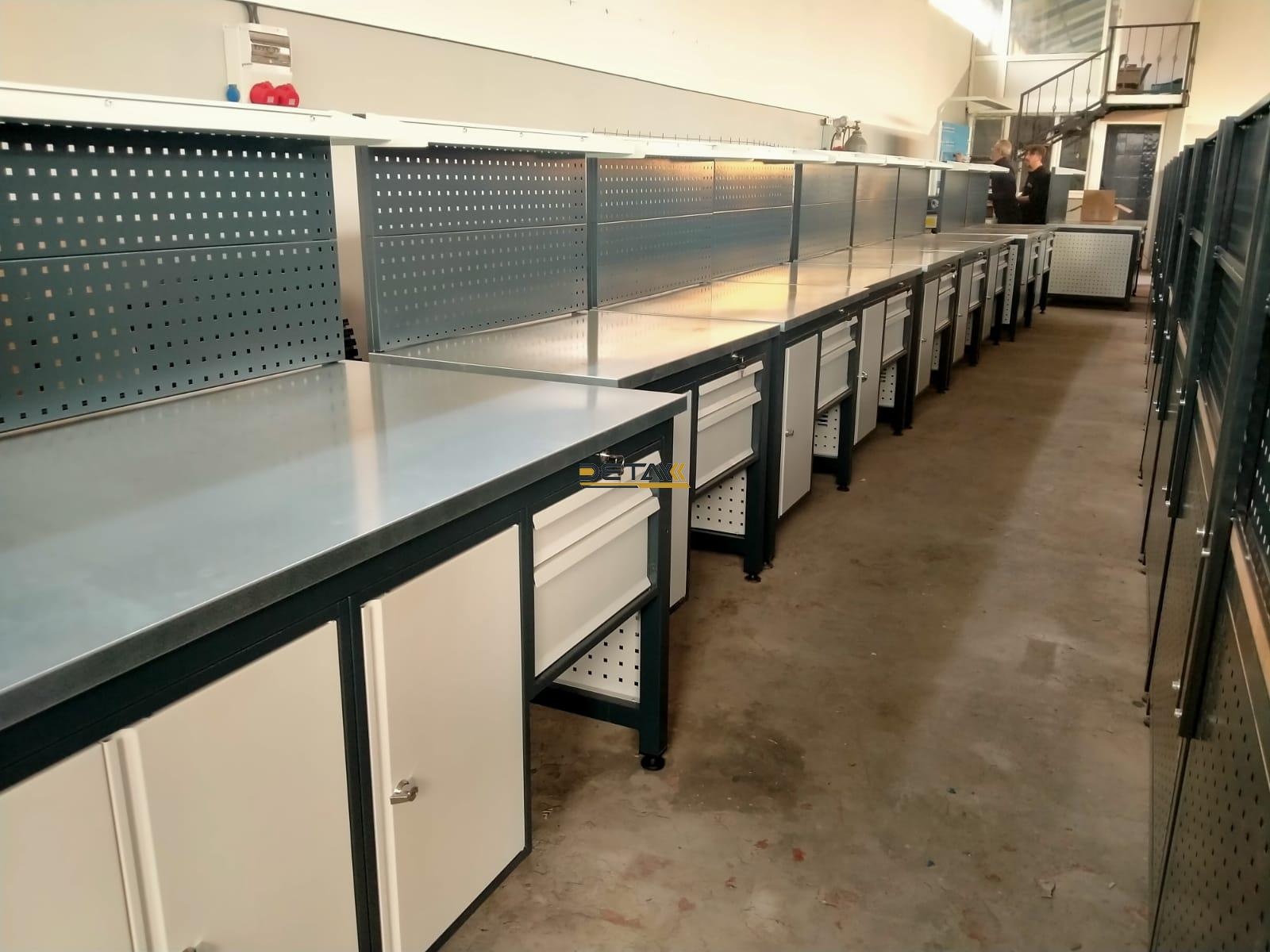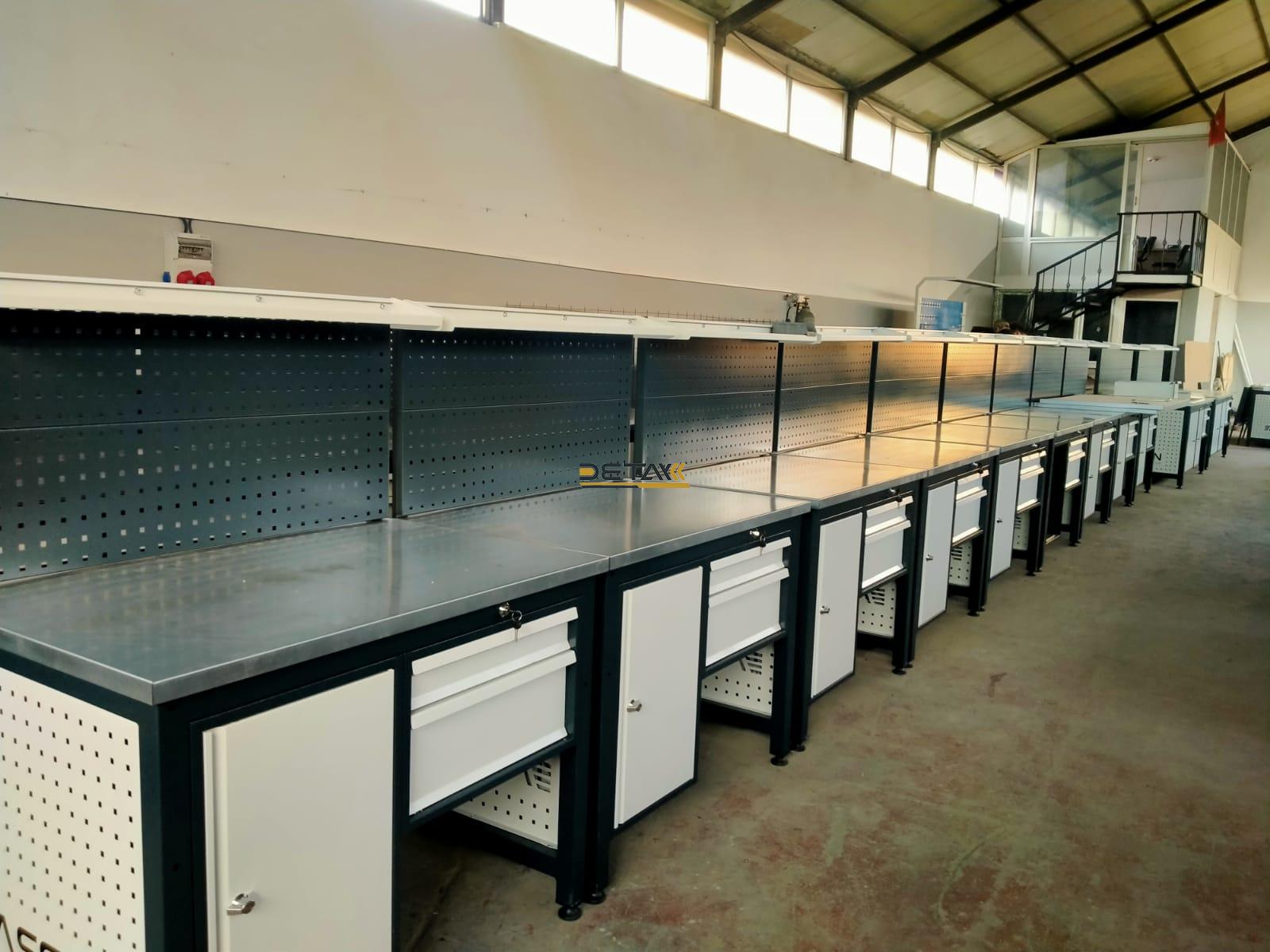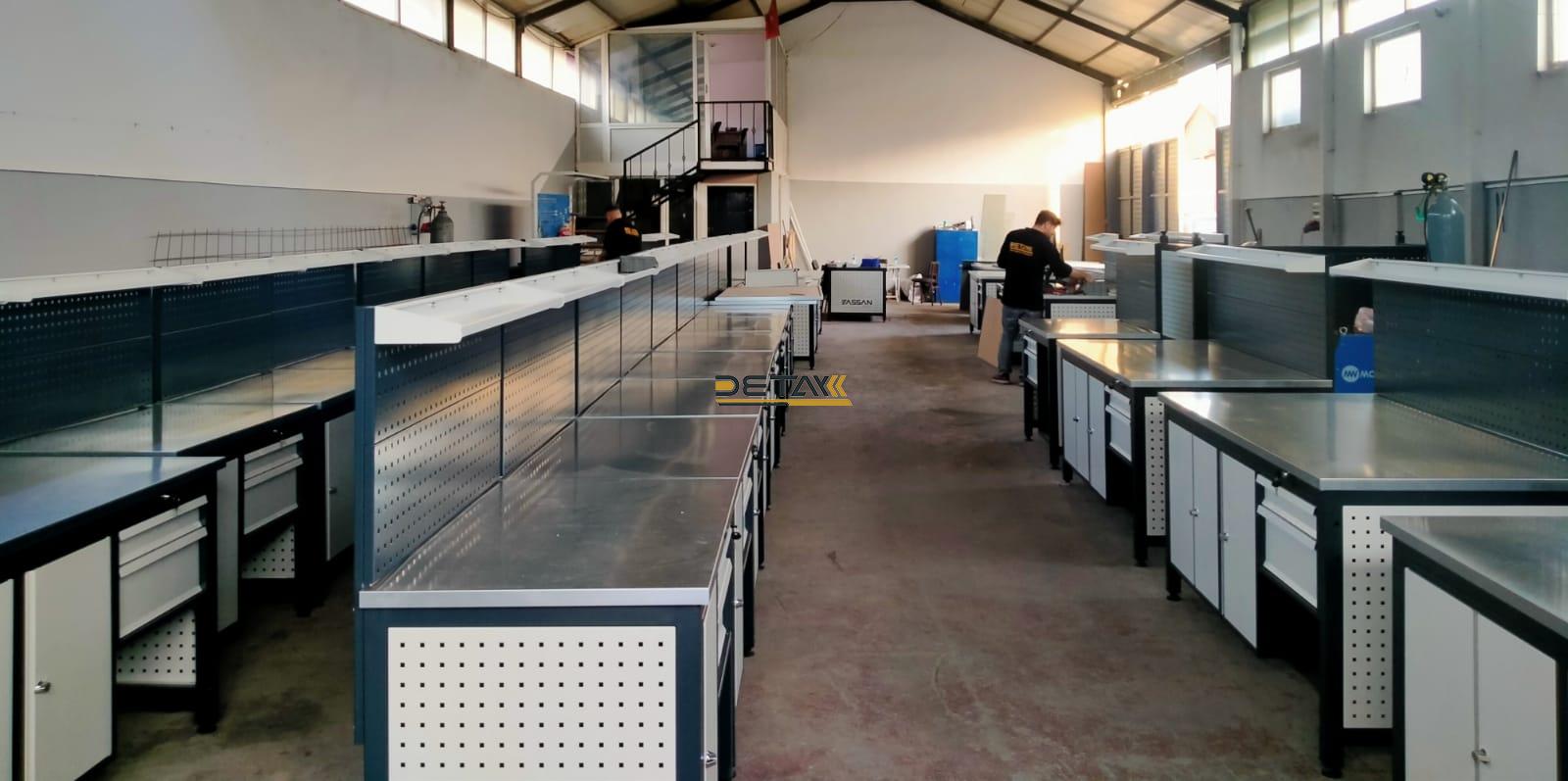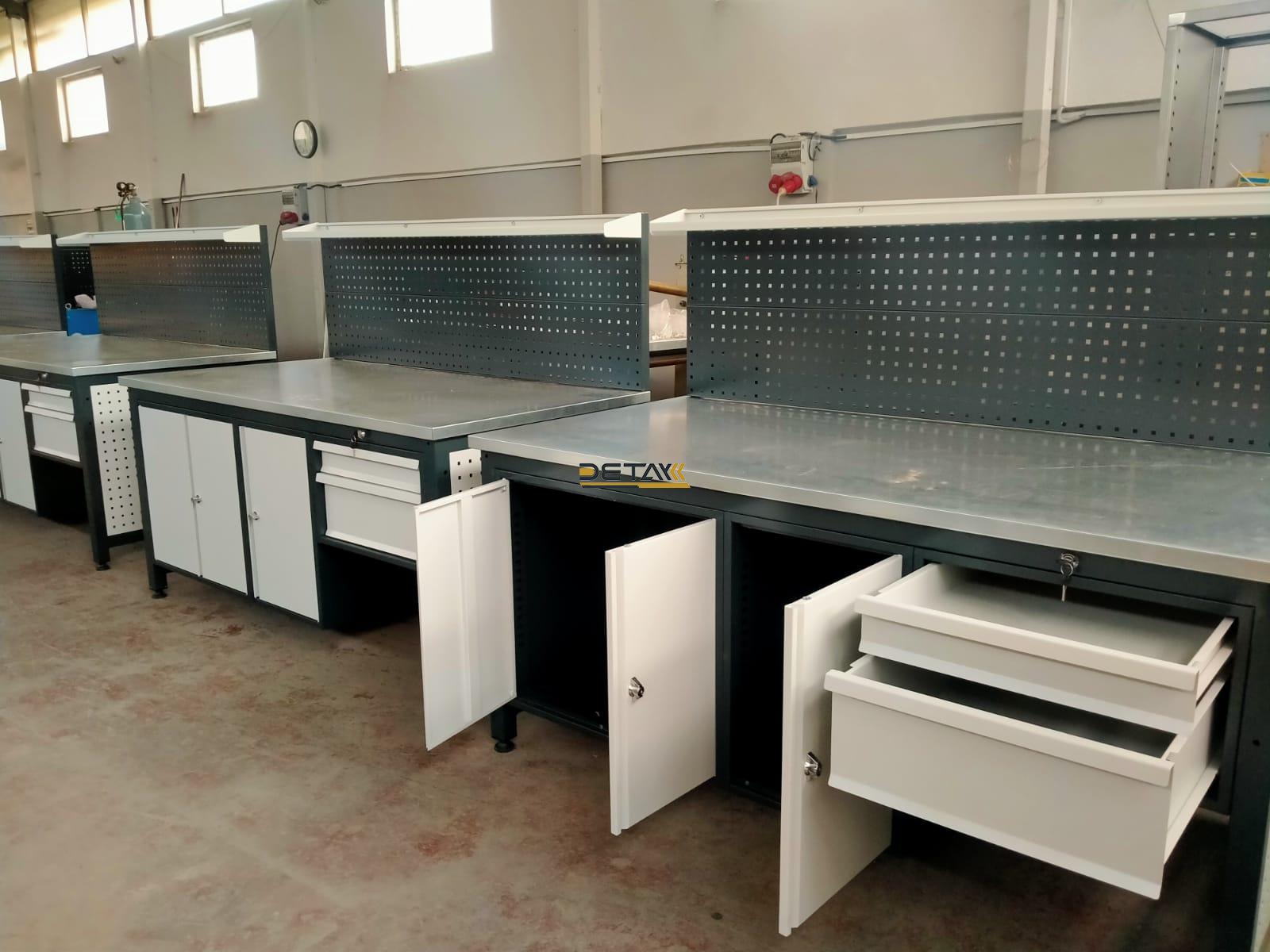Hello! Today we are going to talk about the hidden heroes of industrial machine tools, which play a critical role in everything from factories to workshops: load capacity and material selection. But why are these two so important? Because the lifetime, safety and efficiency of a machine depends entirely on these two factors. Let’s keep it simple but in-depth!
Load Capacity: Is This What They Call “Endurance”?
A heavy machine or a pile of materials that you place on an industrial workbench is considered “daily work” for it. But if it cannot carry this load, both occupational safety is at risk and the life of the machine is shortened. So what determines the load capacity?

- Material Thickness and Type: For example, steel or aluminum?
- Design and Support Structure: Angular or round, how many legs?
- Fasteners: How strong are the screws, welds or rivets?
Standards such as ISO 23878 set minimum load capacity requirements for industrial machine tools. For example, while a machine used in the automotive industry is expected to carry at least 500 kg, this figure can drop to 200 kg in electronic assembly lines.
Material Selection: Steel, Aluminum or Composite?
The choice of material directly affects the load capacity. Here is a comparison of the three most popular materials:
Steel is a leader in durability and affordability. But it is vulnerable to rust, which can be a problem in humid environments. Manufacturers like Bessey Tools solve this problem by offering steel workbenches with protective coatings.

Aluminum stands out with its lightness and portability. It is especially ideal for mobile workstations. However, it can strain the budget in high-cost projects.
Composite materials (carbon fiber, etc.) have been on the rise in recent years. Although they are lightweight and corrosion resistant, they are limited to special projects due to their high prices.
A Real Life Example: Why Material Selection Matters
A customer was looking for a workbench for their metalworking workshop. They initially chose aluminum because they were attracted by its “light weight”. However, the 600 kg press machine they put on it deformed the aluminum bench within a few months. Eventually they switched to a steel-oriented brand like SteelMaster and the problem was solved.

An interesting note: Some manufacturers combine the strength of steel with the lightness of aluminum in hybrid designs. For example, the legs can be steel and the top surface aluminum.
Conclusion Analyze Your Needs Correctly!
Be sure to ask these three questions when choosing an industrial bench:
- How much load will it carry? (Calculate the capacity with 20% excess.)
- What environment will it be used in (humidity, chemical exposure, etc.)?
- How flexible is the budget?
Remember, the right materials and design will save you time and money in the long run. MIT’s materials engineering research shows that smart material selection can improve production efficiency by up to 30%.
Which ingredient would you prefer? Let’s discuss in the comments! 🔧💡
See you in the next article! 🛠️
 English
English
 Türkçe
Türkçe 
